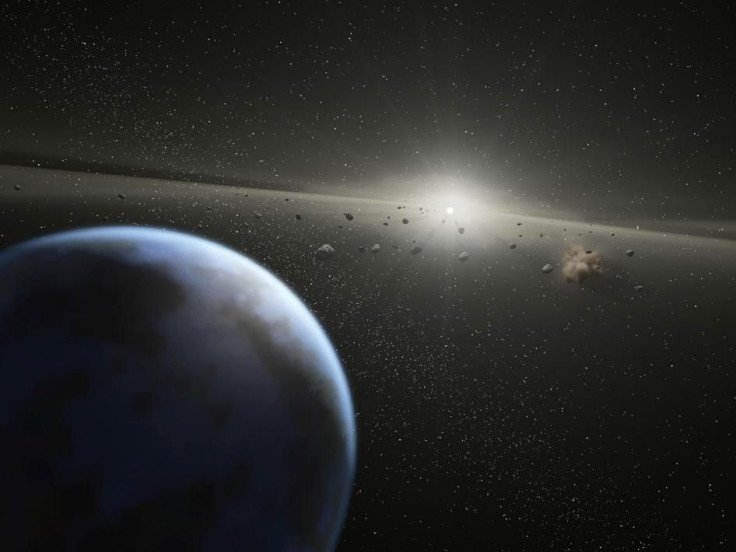Expert Warns SpaceX’s Starlink Satellites Could Hide City-Killer Asteroids

KEY POINTS
- SpaceX plans to launch 42,000 Starlink satellites
- Starlink might affect asteroid-hunting techniques
- The satellites could prevent scientists from spotting dangerous asteroids
An astronomer warned that SpaceX’s Starlink satellite constellation project could affect efforts that are focused on finding near-Earth asteroids. The satellites could prevent scientists from spotting killer asteroids that are on a collision course with Earth.
Starlink is SpaceX’s constellation project that involves launching tens of thousands of satellites into low-Earth orbit. According to the company, the project aims to provide high-speed internet to different parts of the world.
Although the objective of the project is impressive and admirable, astronomers are concerned about its effects on sky watching. Currently, there are over 300 Starlink satellites in space, with another 60 units on the way.
Originally, SpaceX planned to launch 12,000 satellites for its project. However, documents previously filed by the company revealed that it was aiming to launch an additional 30,000 satellites, which would bring the total to 42,000.
According to Jonathan McDowell, an astronomer at the Harvard Smithsonian Center for Astrophysics, as the number of Starlink satellites increases, scientists will have a harder time to spot cosmic objects in space, such as asteroids.
“There are 300 Starlink satellites up right now, with 60 more going up in a few days,” he told Express. “But SpaceX is planning for up to 12,000 satellites or even more. So while a constellation of 300 is a pain in the neck, we can handle it – 12,000 is going to make it very difficult, especially for these asteroids.”
Asteroids that are known to approach Earth orbit close to the Sun. Aside from the fact that the Sun’s rays could hide approaching asteroids, the light reflected by Starlink satellites could prevent Earth and space-based telescopes from finding incoming space rocks.
This means scientists might not be able to detect massive asteroids that might hit Earth until it’s too late.
“I think that will make this the science difficult,” McDowell stated. “If there are 10 streaks on every astronomical image – which I don’t think we’re going to see but that’s the logical extreme – then you’re completely hosed as we say in America.”
For McDowell, the only solution to the growing issue posed by Starlink is to impose guidelines regarding artificial objects in low-Earth orbit. Aside from limiting the number of satellites, the guidelines should also regulate their reflectiveness.
© Copyright IBTimes 2025. All rights reserved.





















